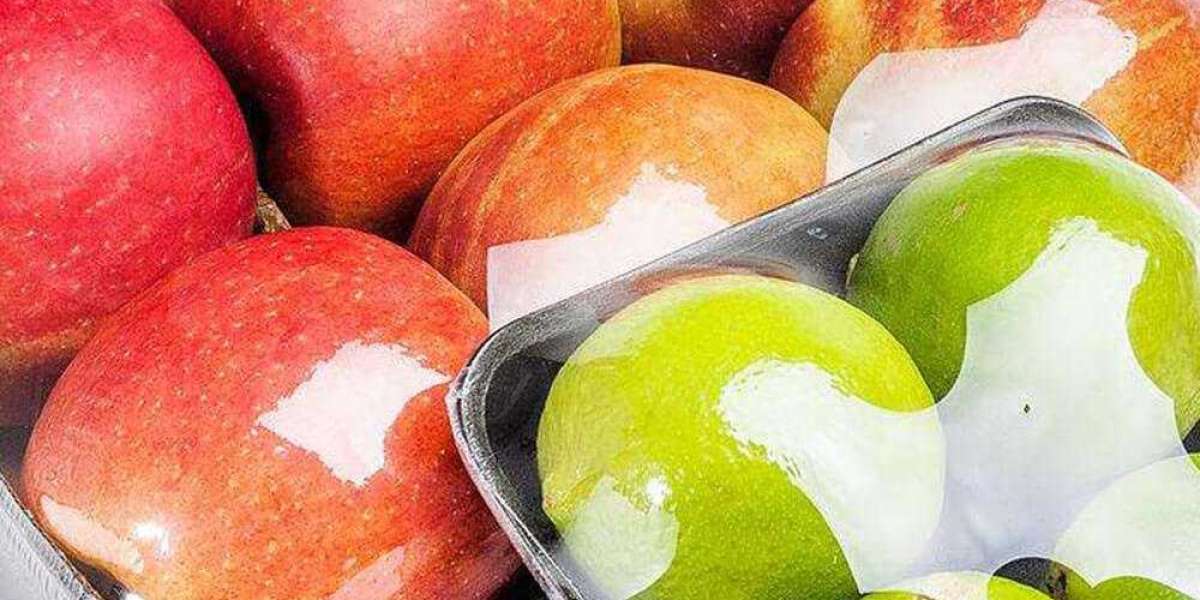Are Polyolefin Shrink Film Truly Recyclable? Industry Insights Revealed Polyolefin shrink film (POF) has gained prominence as a sustainable packaging solution, particularly in food-safe applications. Its rise is closely tied to the urgent need to replace traditional PVC, which poses environmental and health risks. As industries prioritize recyclability and safety, POF stands out for its potential to align with circular economy goals.
The Recyclability Debate: Fact vs. Fiction A common question in packaging circles is whether POF shrink films are genuinely recyclable. Unlike PVC, which releases toxic chlorine-based compounds during disposal, POF is composed of polyethylene (PE) and polypropylene (PP), materials widely accepted in recycling streams . However, recycling efficiency depends on local infrastructure. For instance, POF films with post-consumer recycled (PCR) content—like those developed by jtpackage—are designed to integrate seamlessly into existing recycling systems, reducing landfill waste . Challenges persist, such as mixed-material laminates, but advancements in mono-material POF structures are addressing these barriers .
Why POF is Replacing PVC in Food Packaging
Safety First: PVC’s chlorine content can leach harmful dioxins when incinerated, contaminating air and soil. POF, free of chlorine and heavy metals, meets FDA and EU food-contact standards, making it ideal for perishables like baked goods and ready-to-eat meals .
Environmental Compliance: Global regulations, such as the EU’s Extended Producer Responsibility (EPR), incentivize brands to adopt recyclable materials. jtpackage’s POF films incorporate up to 30% PCR content, aligning with policies like California’s Plastic Tax .
Operational Efficiency: POF requires lower sealing temperatures (100–130°C) than PVC, cutting energy costs by up to 20%. Its superior puncture resistance also minimizes product damage during logistics .
jtpackage Role in Advancing POF Technology jtpackage leverages micro-layer lamination technology to produce POF films with alternating PP and PE layers. This method enhances mechanical strength and barrier properties while using fewer extruders, reducing production costs.By collaborating with recyclers, jtpackage ensures films retain performance even with PCR materials, supporting brands in meeting sustainability targets.
Applications Driving Demand
Retail-Ready Packaging: High clarity and gloss make POF ideal for enhancing shelf appeal in snacks and cosmetics.
Pharmaceuticals: Tamper-evident seals and moisture resistance protect sensitive products.
E-Commerce: Lightweight POF reduces shipping costs while safeguarding goods during transit.
A Sustainable Future with POF As consumer demand for eco-friendly packaging grows, POF’s recyclability and safety position it as a long-term solution. jtpackage remains committed to innovation, developing bio-based POF derived from renewable resources like sugarcane ethanol.
Explore how jtpackage Polyolefin Shrink Film can transform your packaging strategy at https://www.jtpackage.com/ .



